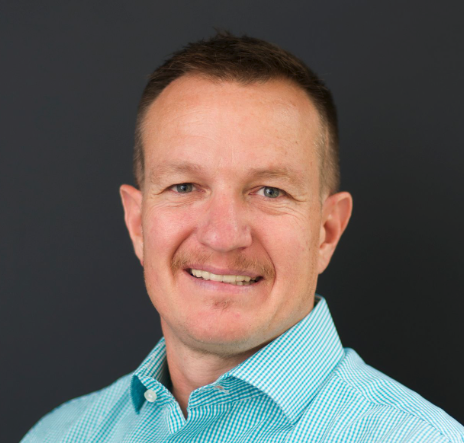
Prof. James McAuley
A novel sensorimotor training program can produce significant benefits in pain and disability in people with chronic low back pain, Australian neuroscientists have shown.
The neural-focused approach was investigated in a JAMA randomised controlled trial run by researchers at UNSW Sydney and Neuroscience Research Australia (NeuRA), who say it offers a uniquely different approach compared to treatments that focus on the physical model of back pain such as drugs, surgery and manipulation.
Sensorimotor retraining is based on the principle of back pain being caused by a hypersensitive pain system and disordered neural communication between back and brain. The RESOLVE program was designed by NEURA researchers to alter how people think about their body in pain, how they process sensory information from their back, and how they move their back during activities.
In their study, which involved 276 participants with chronic low back pain, the sensorimotor ‘RESOLVE’ intervention consisted of 12 one hour sessions of education and guidance on how to understand their perception of pain, how to safely resume activity followed by graded movement training and activity goals.
When reassessed at 18 weeks, participants who received the sensorimotor training showed a reduction in 11-point pain scores from a baseline average of 5.6 to 3.1. A control group of participants who received sham intervention of non-specific training and ‘laser’ treatment showed improvement in pain scores from 5.8 to 4.0.
Two thirds of participants (68%) in the intervention group and half (49.6%) in the control group had a 30% or greater decrease in pain intensity from baseline.
People in the intervention group also showed improvements in secondary outcomes such as disability, disability (−2.6 points), quality of life, back beliefs, kinesiophobia, pain catastrophising and pain self-efficacy scores compared to the control group.
The improvements appeared to be sustained, with back pain recovery rates of 18.3% in the intervention group and 9.8% in the control group after half a year.
The researchers said the overall one point difference in the primary outcome of pain scores was modest but clinically significant. It was also of the same magnitude as improvement in pain seen in trials of back pain treatments such as manipulative therapy, they noted
“What we observed in our trial was a clinically meaningful effect on pain intensity and a clinically meaningful effect on disability. People were happier, they reported their backs felt better and their quality of life was better,” said co-author Professor James McAuley from UNSW’s School of Health Sciences, and NeuRA.
“It also looks like these effects were sustained over the long term; twice as many people were completely recovered. Very few treatments for low back pain show long-term benefits, but participants in the trial reported improved quality of life one year later.”
New model of back pain treatment
Prof. McAuley said the new treatment challenged traditional models for chronic back pain therapy by viewing long-standing back pain as a modifiable problem of the nervous system rather than a disc, bone or muscle problem.
“This is the first new treatment of its kind for back pain – which has been the number one cause of the Global Disability Burden for the last 30 years – that has been tested against placebo,” he said.
“If you compare the results to studies looking at opioid treatment versus placebo, the difference for that is less than one point out of 10 in pain intensity, it’s only short term and there is little improvement in disability. We see similar results for studies comparing manual therapy to sham or exercise to sham,” he said.
The researchers said a key aim of sensorimotor training was to address the fear of pain and movement that makes people with chronic back pain more sensitive to pain and resistant to activity that will overcome the problem.
“Over time, the back becomes less fit, and the way the back and brain communicate is disrupted in ways that seem to reinforce the notion that the back is vulnerable and needs protecting. The treatment we devised aims to break this self-sustaining cycle,” they said.
“We think this gives them confidence to pursue an approach to recovery that trains both the body and the brain,” said Co-author Professor Ben Wand of Notre Dame University, the clinical director on the trial.
The study authors said more research will be needed to replicate the results and to test the treatment in different settings and populations. They also want to test their approach in other chronic pain states that show similar disruption within the nervous system. However they are optimistic about rolling out a training package to bring the RESOLVE treatment to clinics and have enlisted partner organisations to start that process.
Prof. McAuley, a member of the Scientific Advisory Committee (SAC) for the Australian and New Zealand Musculoskeletal Clinical Trials Network (ANZMUSC), said the new treatment could be made available via trained physiotherapists, exercise physiologists and other clinicians in the next six to nine months.